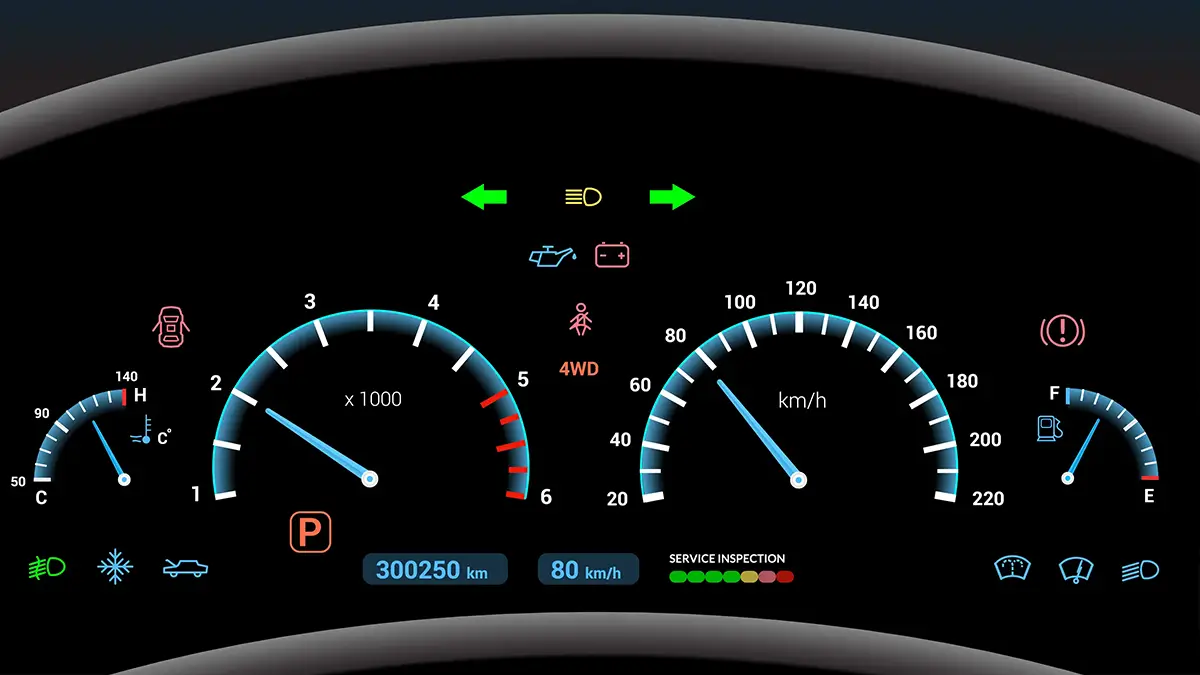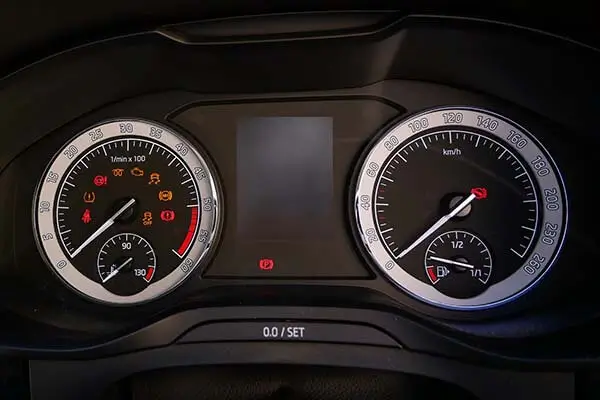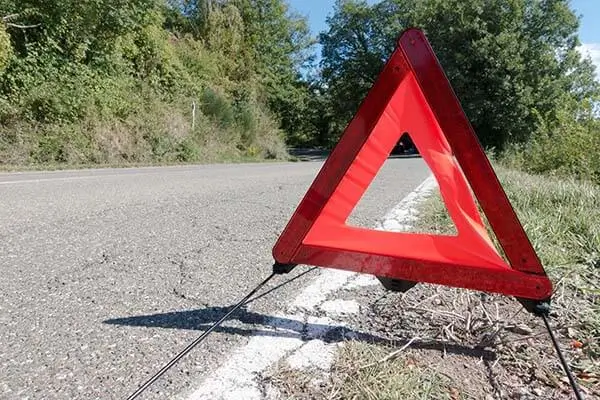We memorize dashboard warning lights to pass the driving test, but after that, it's out of sight, out of mind. Indeed, we prefer to forget them because when they appear, it's usually due to a fault in your vehicle.
So it's time for a quick refresher on the different categories of dashboard lights and what they mean.


Are you looking for a car scanner ?
The different dashboard warning lights

You see them every time you switch on the ignition—and fortunately, they usually disappear right away.
Dashboard warning lights keep us informed about how the car is functioning, for various reasons and in different ways.
Categories of dashboard lights
Dashboard lights fall into three categories, based on what they signal and how urgent they are:
- Indicator lights
- Warning lights
- Critical warning lights
Different colors and what they indicate
Not all dashboard lights mean the same thing, which is why they come in different colors to indicate different levels of severity.
Green and blue lights
These lights relate to external vehicle lighting. Green and blue indicate that various light systems are functioning correctly.
Orange lights
Orange lights are typically warnings (except the fog light indicator).
Orange indicates a moderate level of importance and signals that you should stay alert.
Red lights
All critical warning lights are red. Red indicates urgency and that you should stop your vehicle as soon as possible.
What to do when a warning light comes on?
A warning light can appear for many reasons, and it's not always a mechanical issue.
But if it's a warning light—or worse, a critical alert what should you do?

Depending on the type of light
It all depends on which light is on:
- Lighting indicator: no action needed, it’s just confirming your lights are on.
- Orange light: a potential issue that should be checked—but not necessarily immediately.
- Red light: a serious issue that requires immediate attention.

Are you looking for a car scanner ?
Steps to follow
Since the importance of dashboard lights varies, the steps to take also differ:
- Lighting indicator: no action needed, continue driving normally.
- Warning light: stay vigilant while driving. No need to stop immediately, but check the issue once you've arrived.
- Critical warning light: stop immediately and call a tow truck to get to a repair shop. This is a serious issue, and you must not continue driving.
In conclusion
The various dashboard lights and their colors indicate whether your vehicle is operating properly or not. It’s important to understand them to drive safely.

